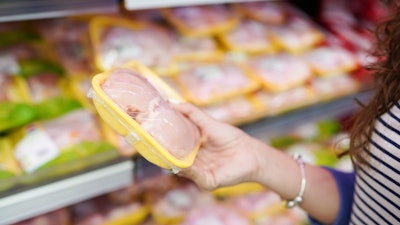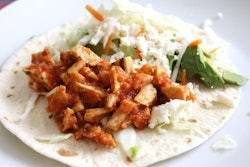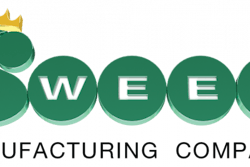
The poultry industry faces increasing pressure to operate more sustainably from consumers, regulators and investors. Ecolabels objectively communicate efforts to reduce the environmental impact of operations in a way stakeholders can easily understand.
“We have a lot of nutritional information on a label, more than most people can probably cope with, but none of us have an idea of how sustainable that production has been,” said David Nickell, VP, Sustainability and Business Solutions at dsm-firmenich animal nutrition and health.
“The industry has a very good footing going forward, but it has to be very aware of the environmental impact of its operations,” he added.
How life cycle assessments can help
Measuring the environmental impact of an organization can take on several forms. Decarbonization is a hot topic right now when it comes to sustainability, but land use, biodiversity and water usage and conservation also play a role.
“The most accepted way of measuring that is life cycle assessment (LCA),” Nickell explained, noting that LCA provides poultry companies with a “very robust methodology of environmental accountability.”
LCA creates a comprehensive measurement that evaluates several environmental variables and results in an objective score. On an ecolabel, the LCA score gets translated into easy compare categories, with green meaning more sustainable, yellow meaning sustainable and red as the least sustainable.
“I think what we’ll see now is more and more of this labeling that is more stringent in terms of control and scrutiny, which will help build that confidence with consumers,” Nickell said.
“In the U.S., if you look at the consumer-packaged goods (CPG) markets, the biggest drivers of growth across many categories are the products that have a sustainability claim on them. They’re also commanding higher prices and price premiums.”



















